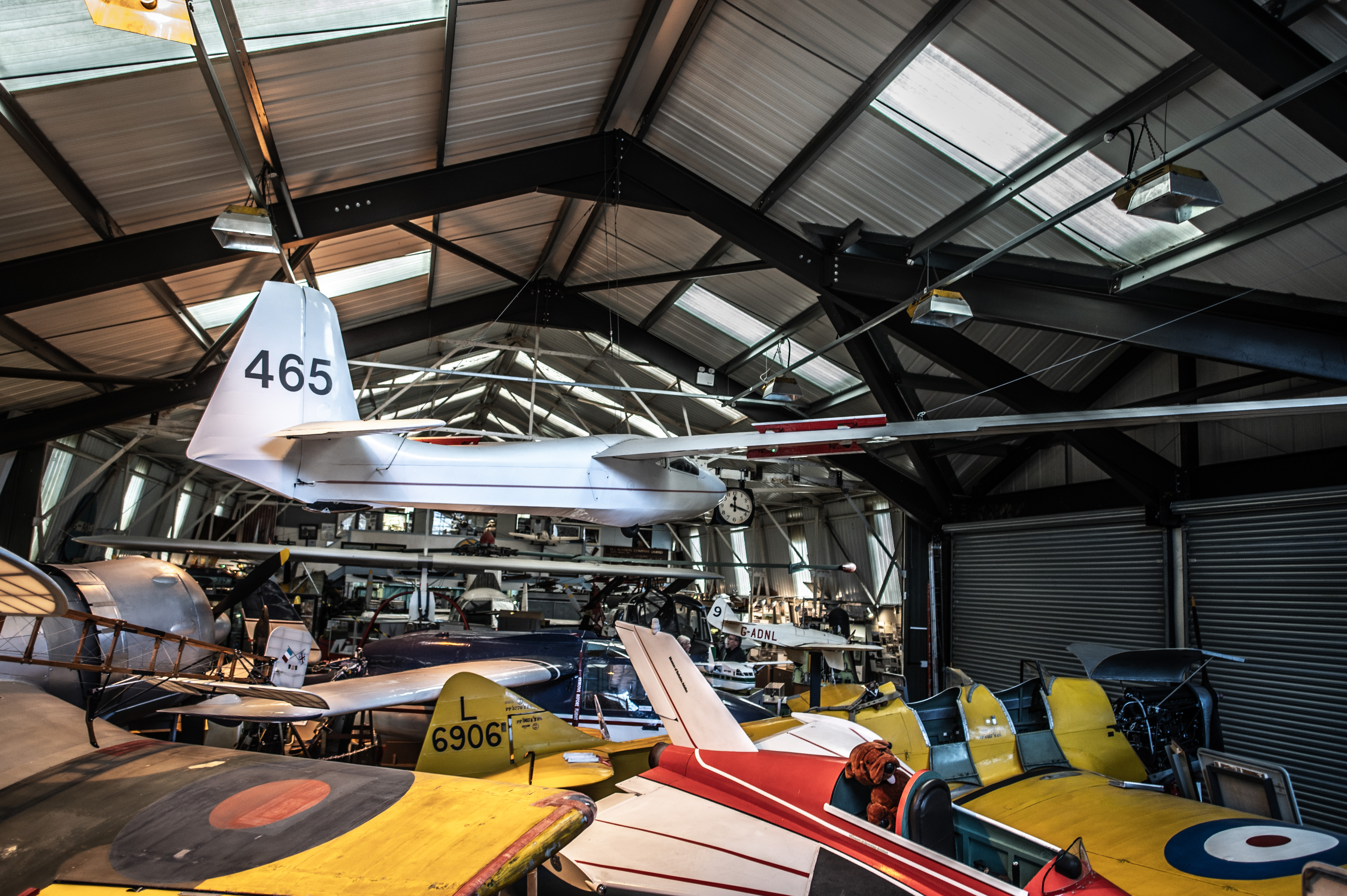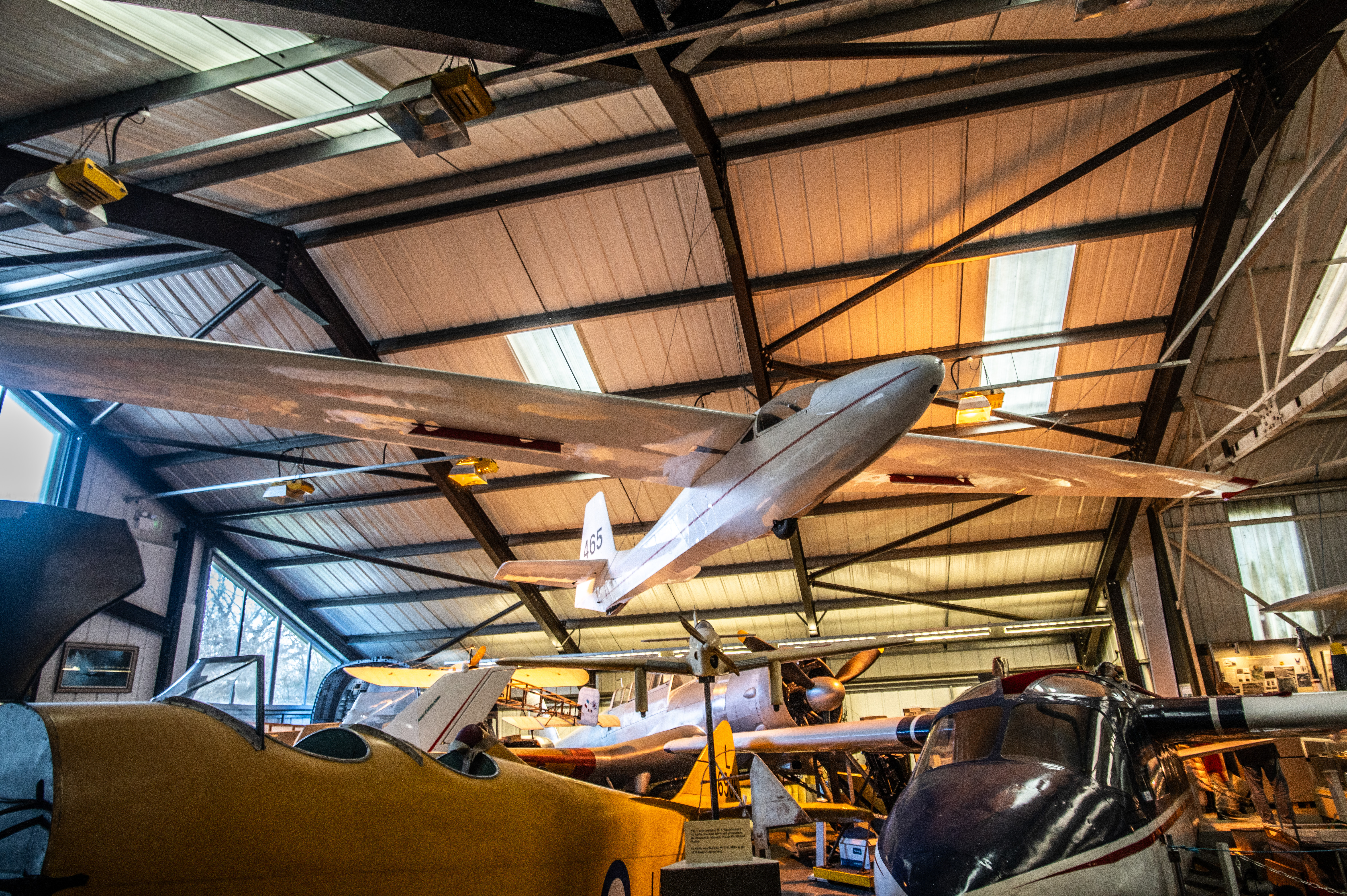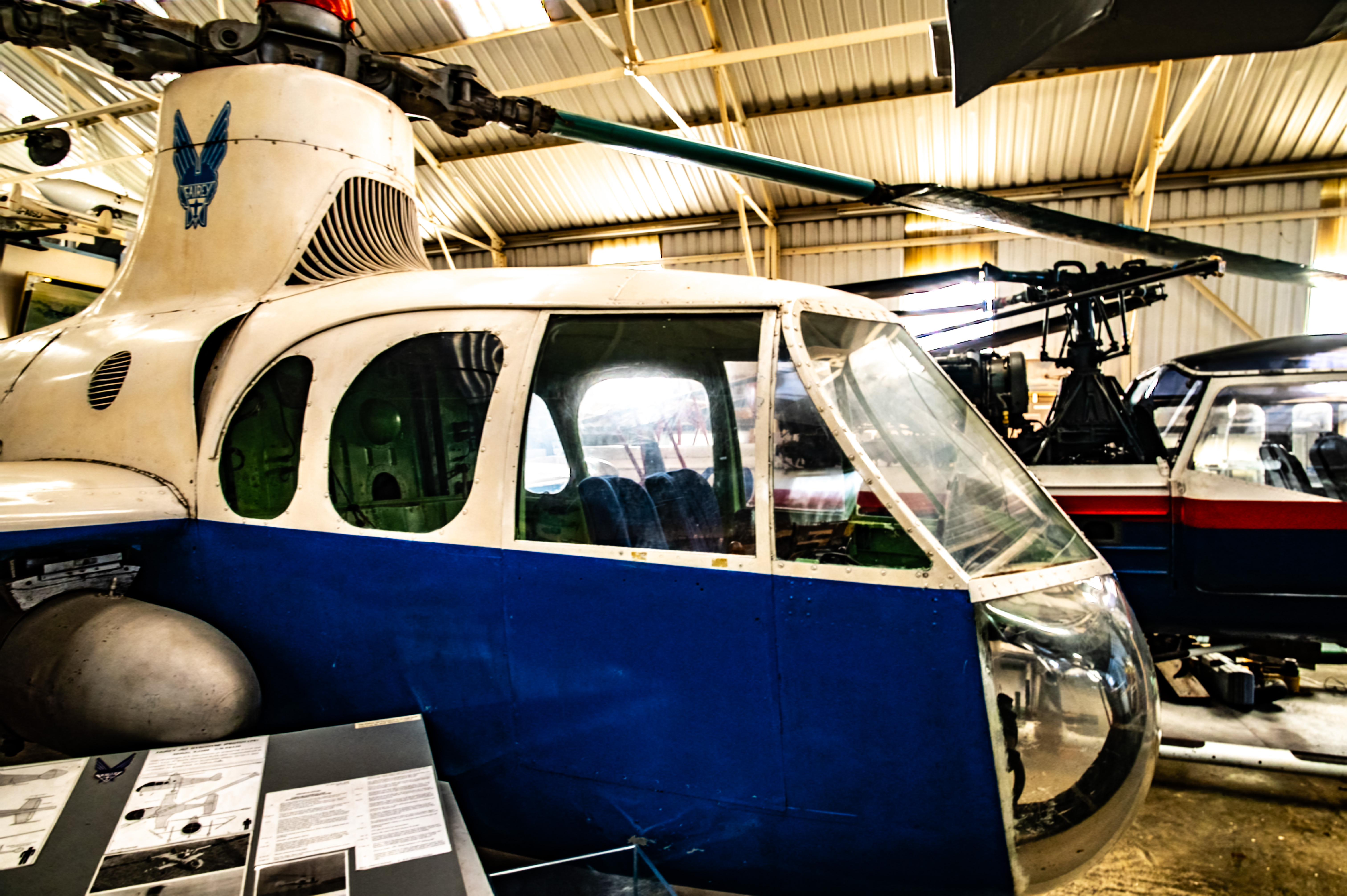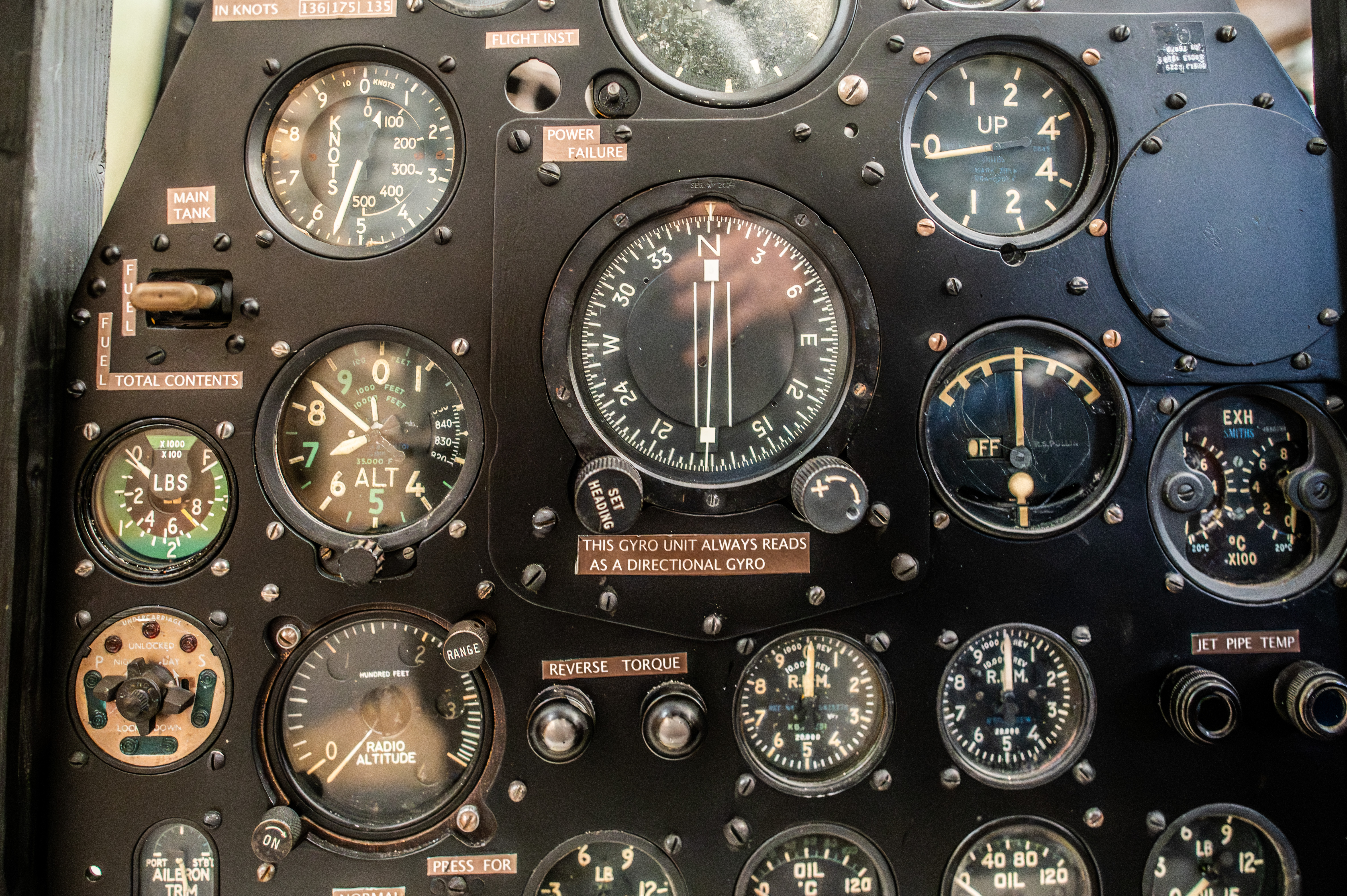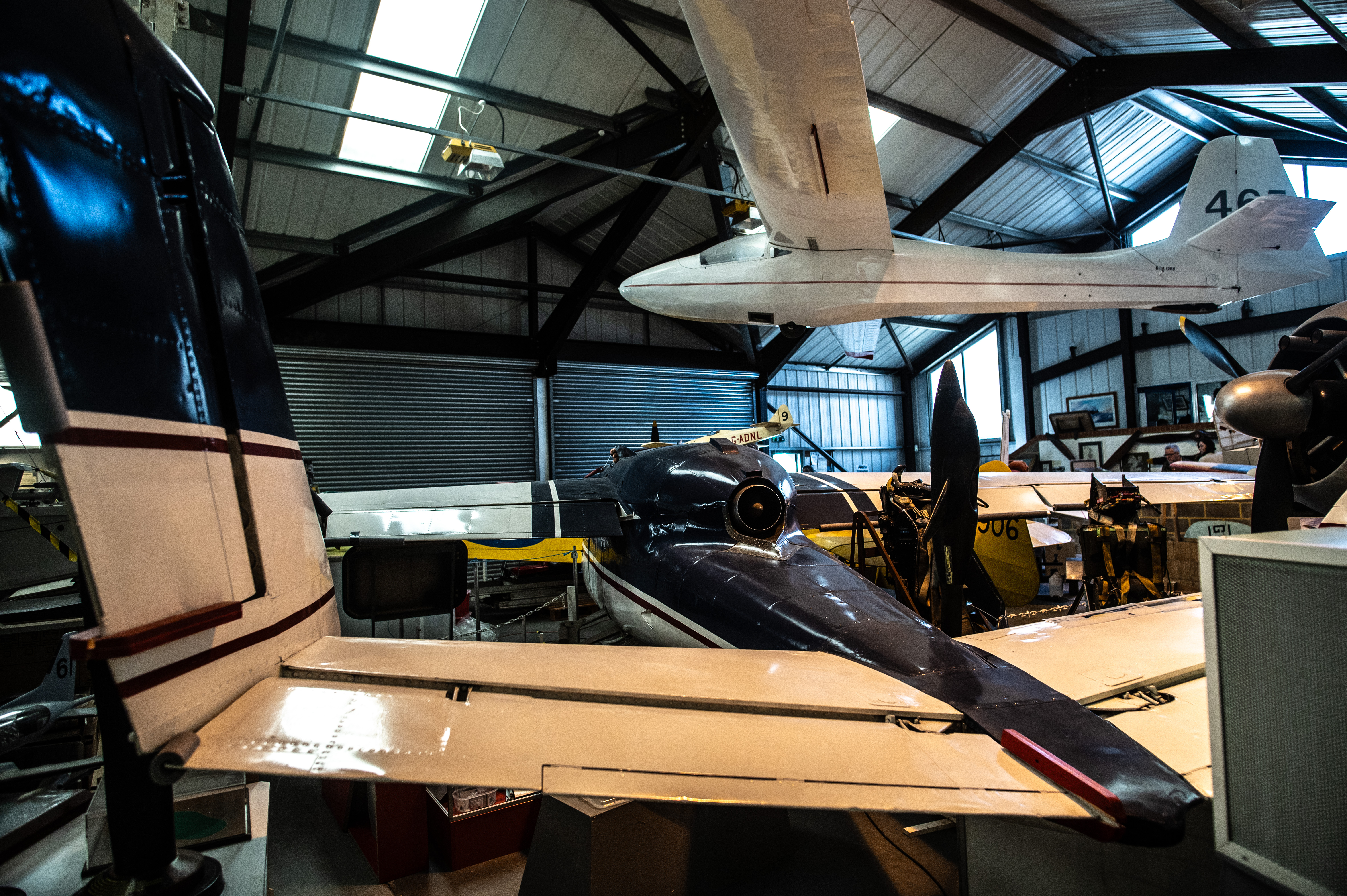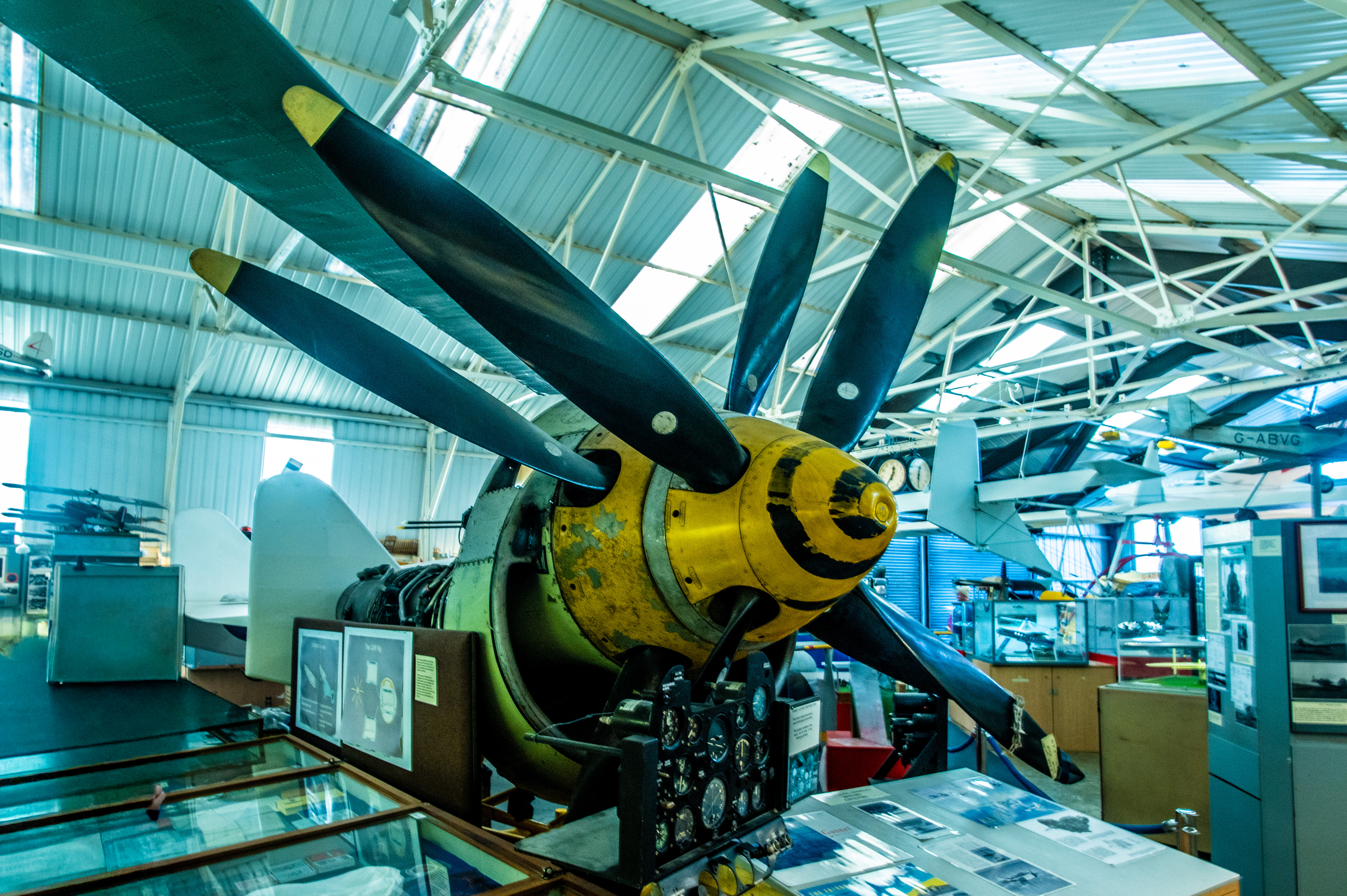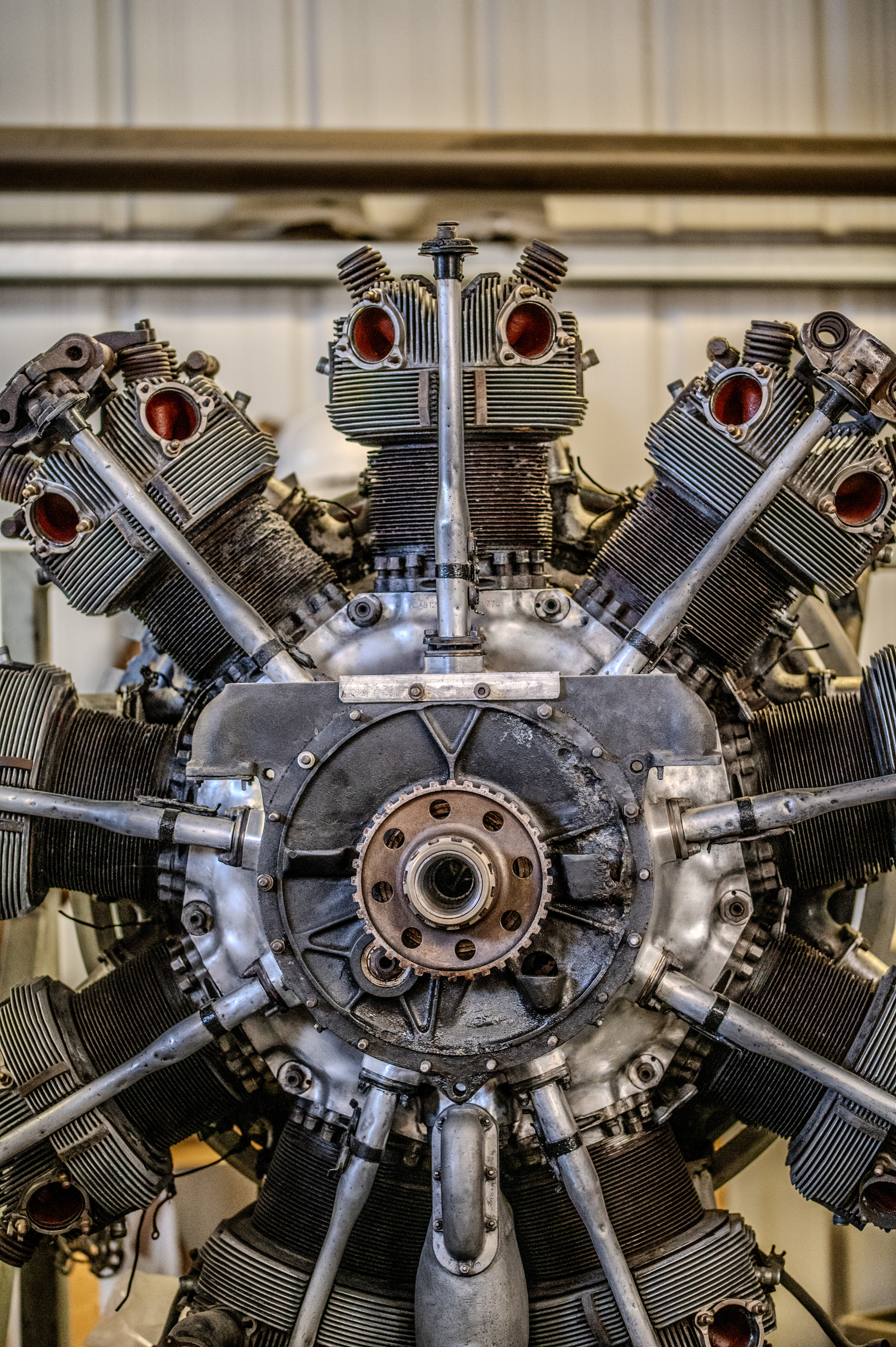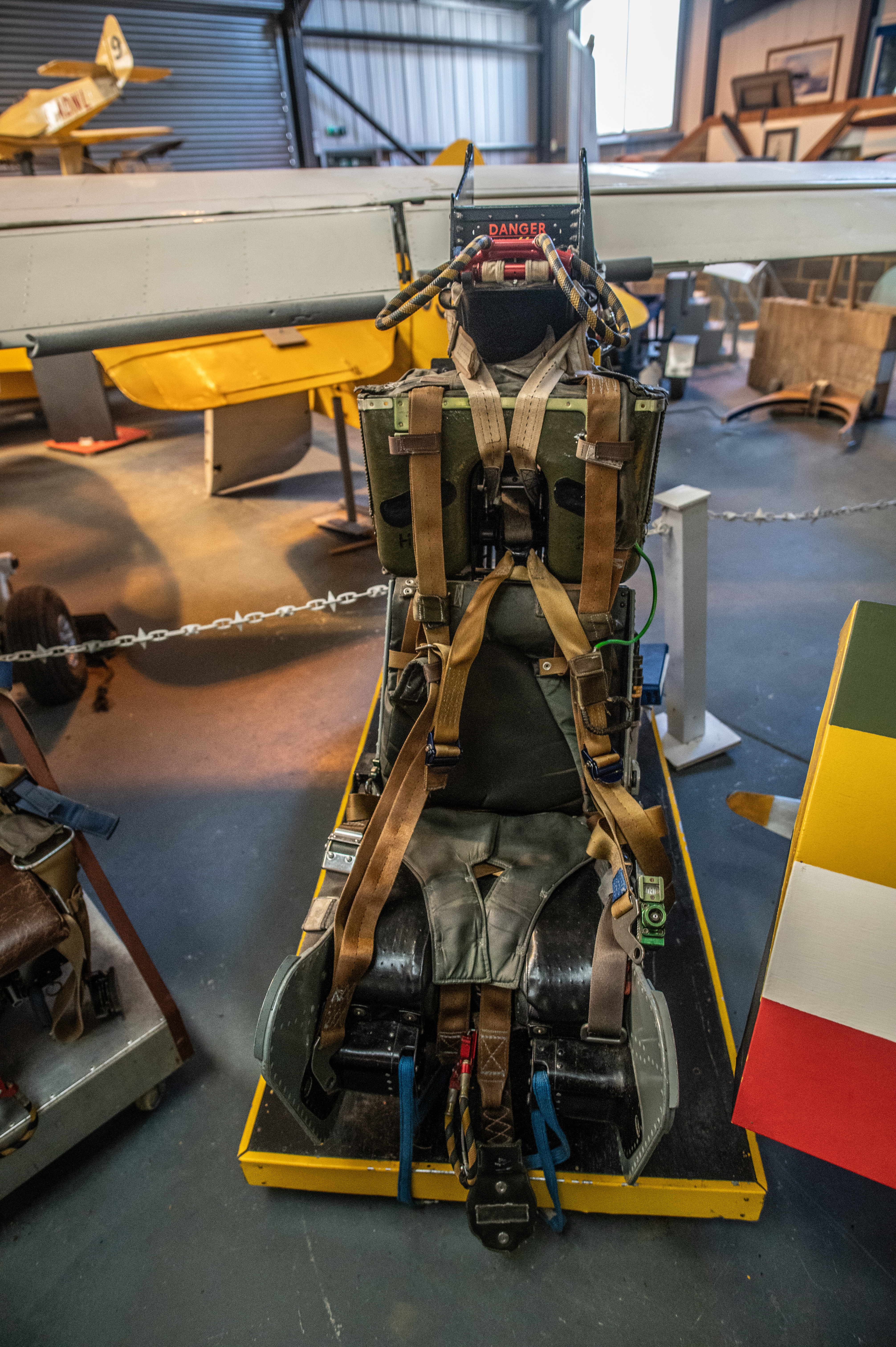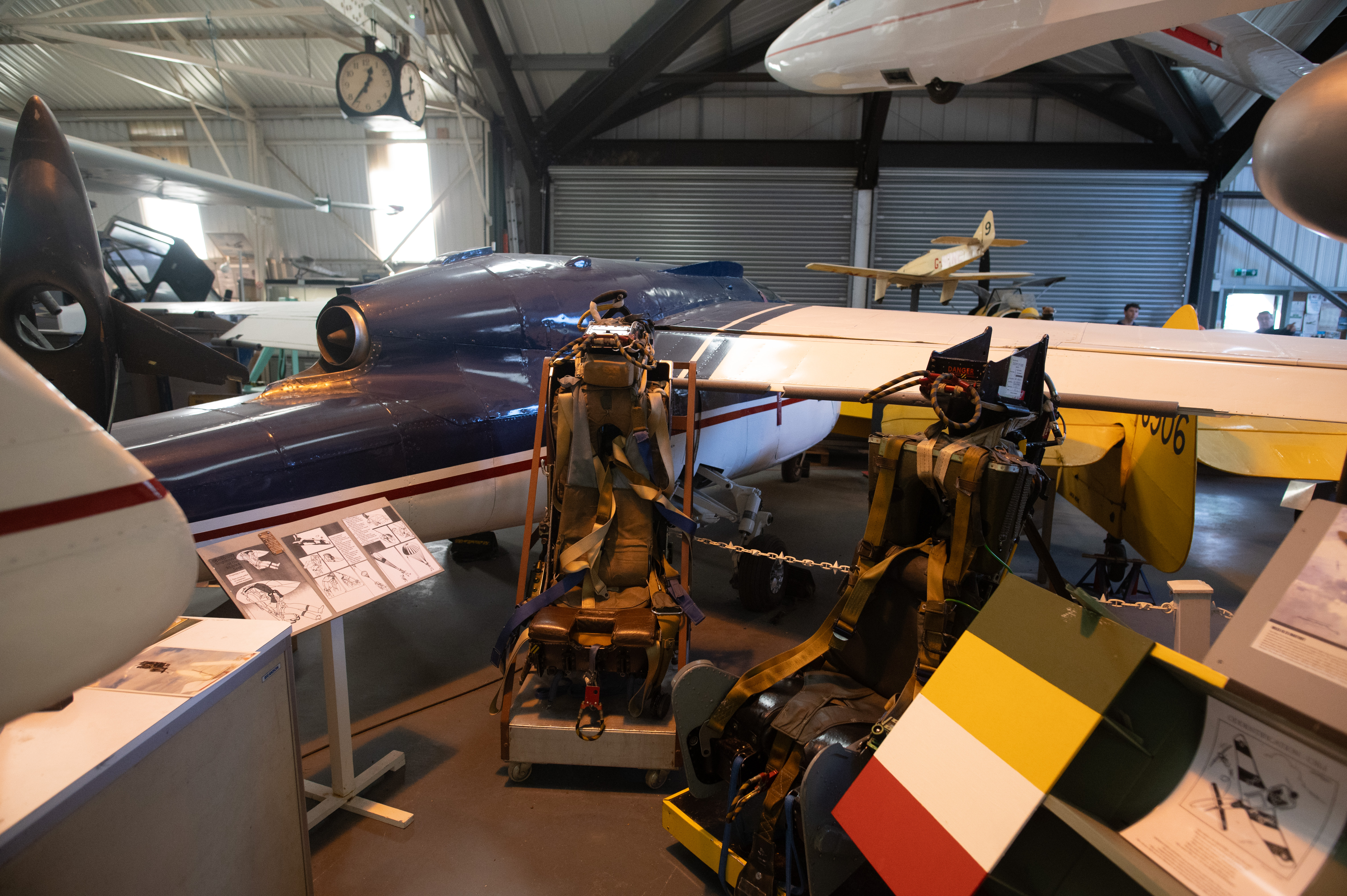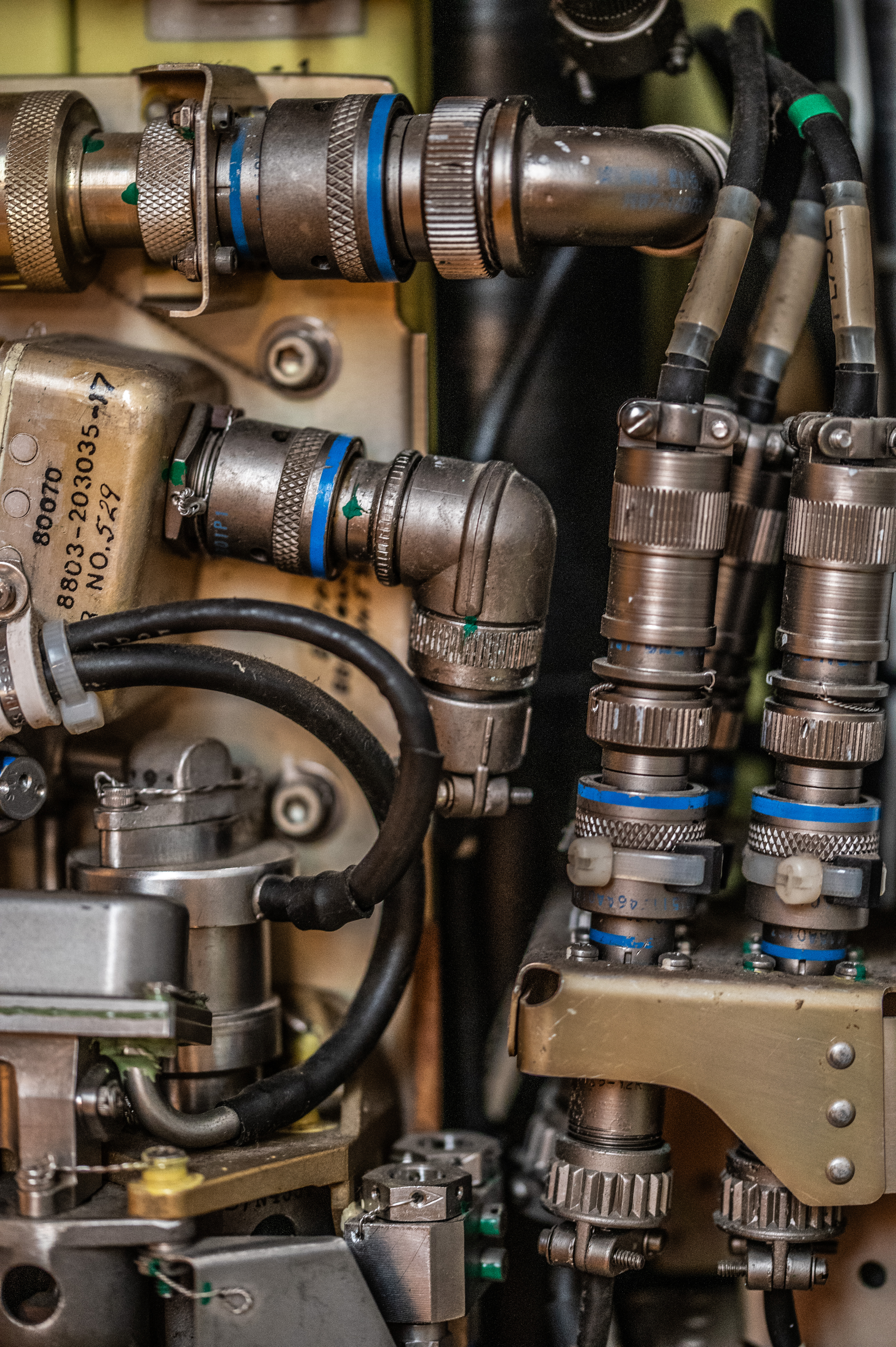The Fairey Gannet was a British carrier-borne aircraft designed for anti-submarine warfare and airborne early warning during the Cold War. It was notable for its unique double turboprop engine and triple-crew configuration.
Overview and Development
Manufacturer: Fairey Aviation Company (UK)
First Flight: 19 September 1949
Service Entry: 1953, retired 15 December 1978
Primary Users: Royal Navy, Royal Australian Navy, German Navy, Indonesian Navy
The Gannet was developed in response to the British Admiralty’s 1945 GR.17/45 requirement for a dual-role ASW and strike aircraft. Fairey’s design, known as the Type Q, was selected alongside Blackburn’s competing model. The Gannet became the first fixed-wing aircraft to combine search and strike capabilities for ASW missions operated by the Fleet Air Arm.
Legacy and Survivors
Over 340 Gannets were built between 1953 and 1959. Surviving aircraft are now displayed in museums such as the Fleet Air Arm Museum (Yeovilton), Pima Air and Space Museum (Arizona), and the Yorkshire Air Museum (Elvington).
References
- en.wikipedia.org
- www.thunder-and-lightnings.co.uk
- www.flugzeuginfo.net
Text generated by Microsoft CoPilot


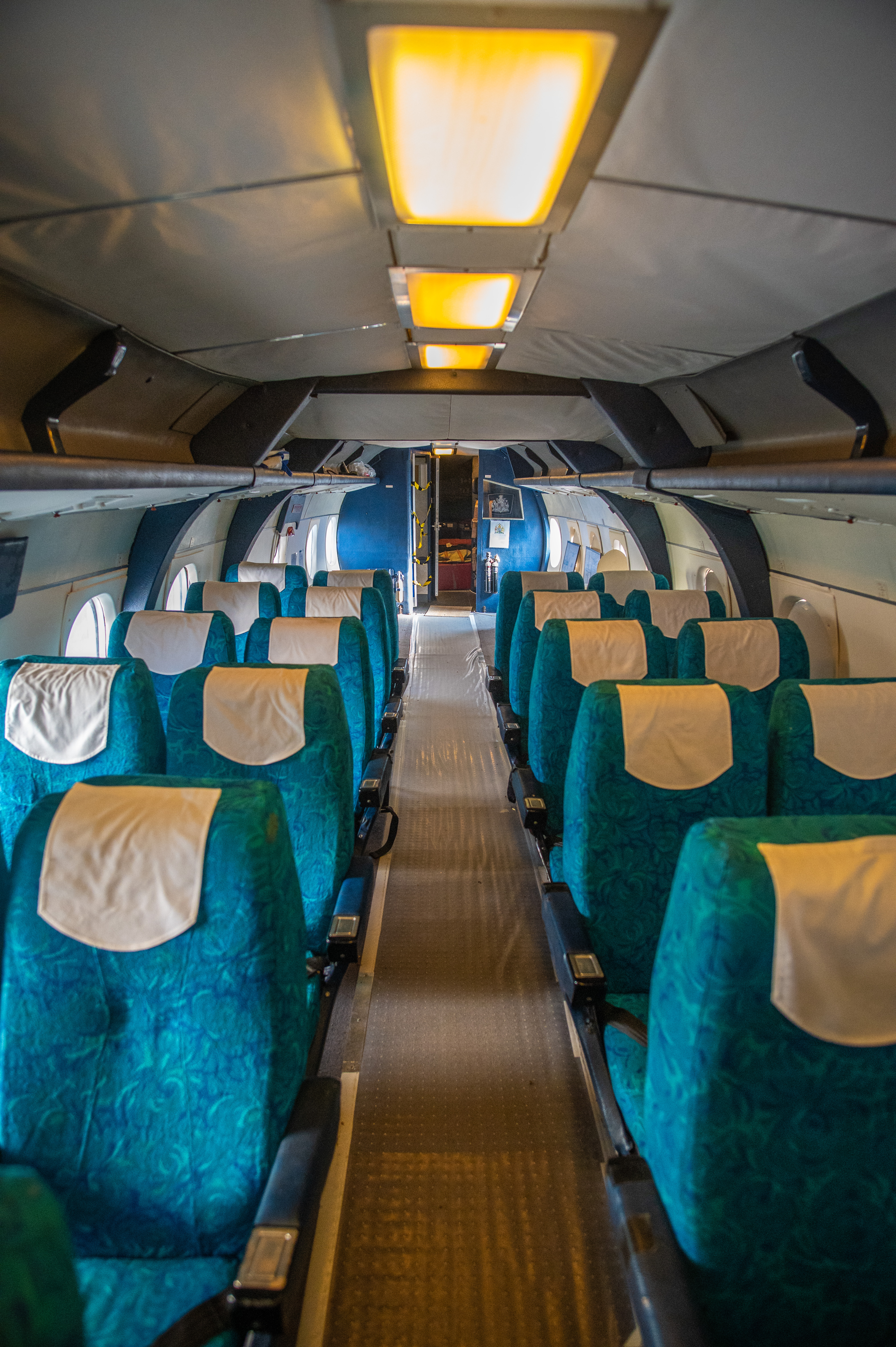
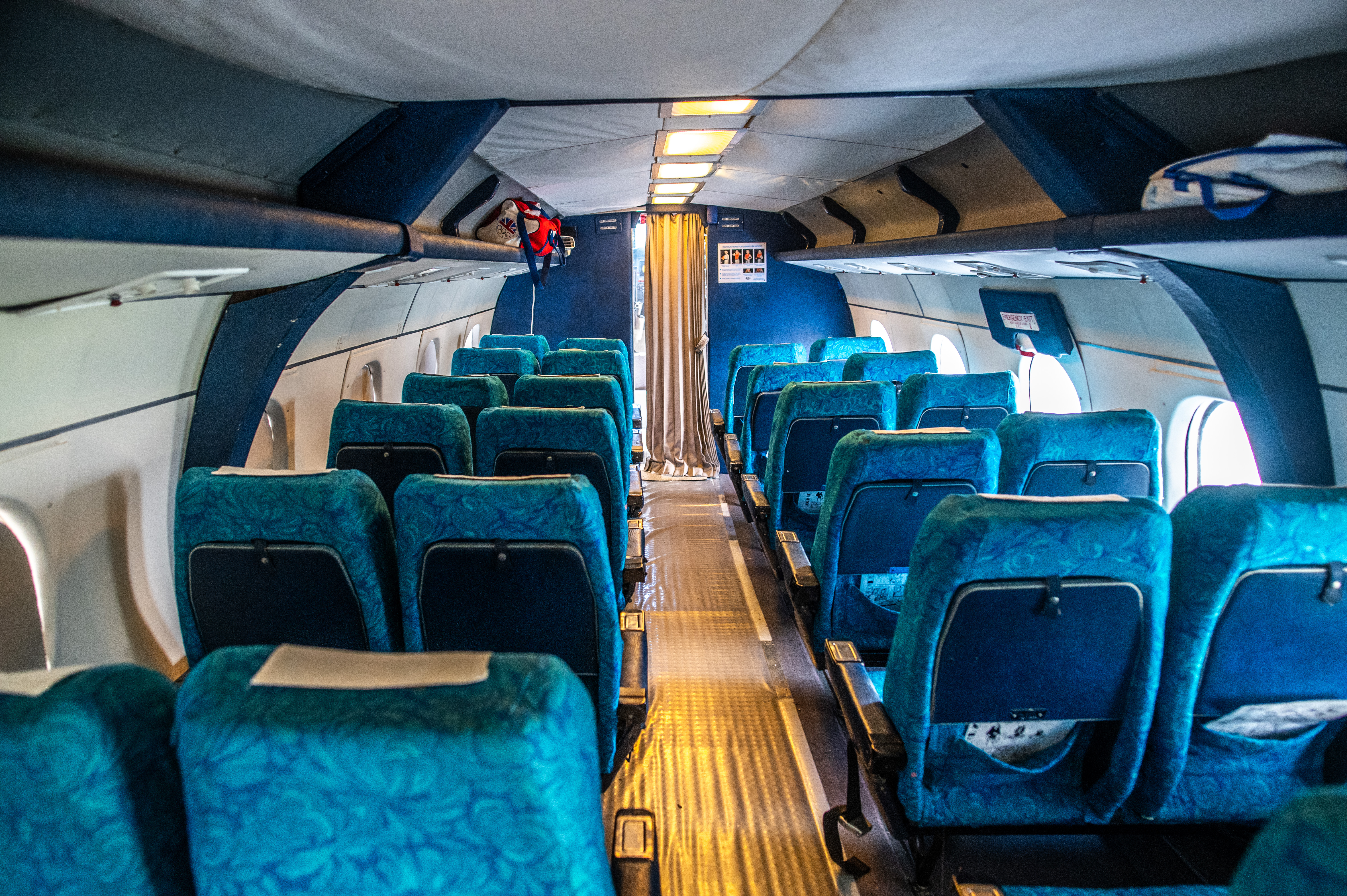
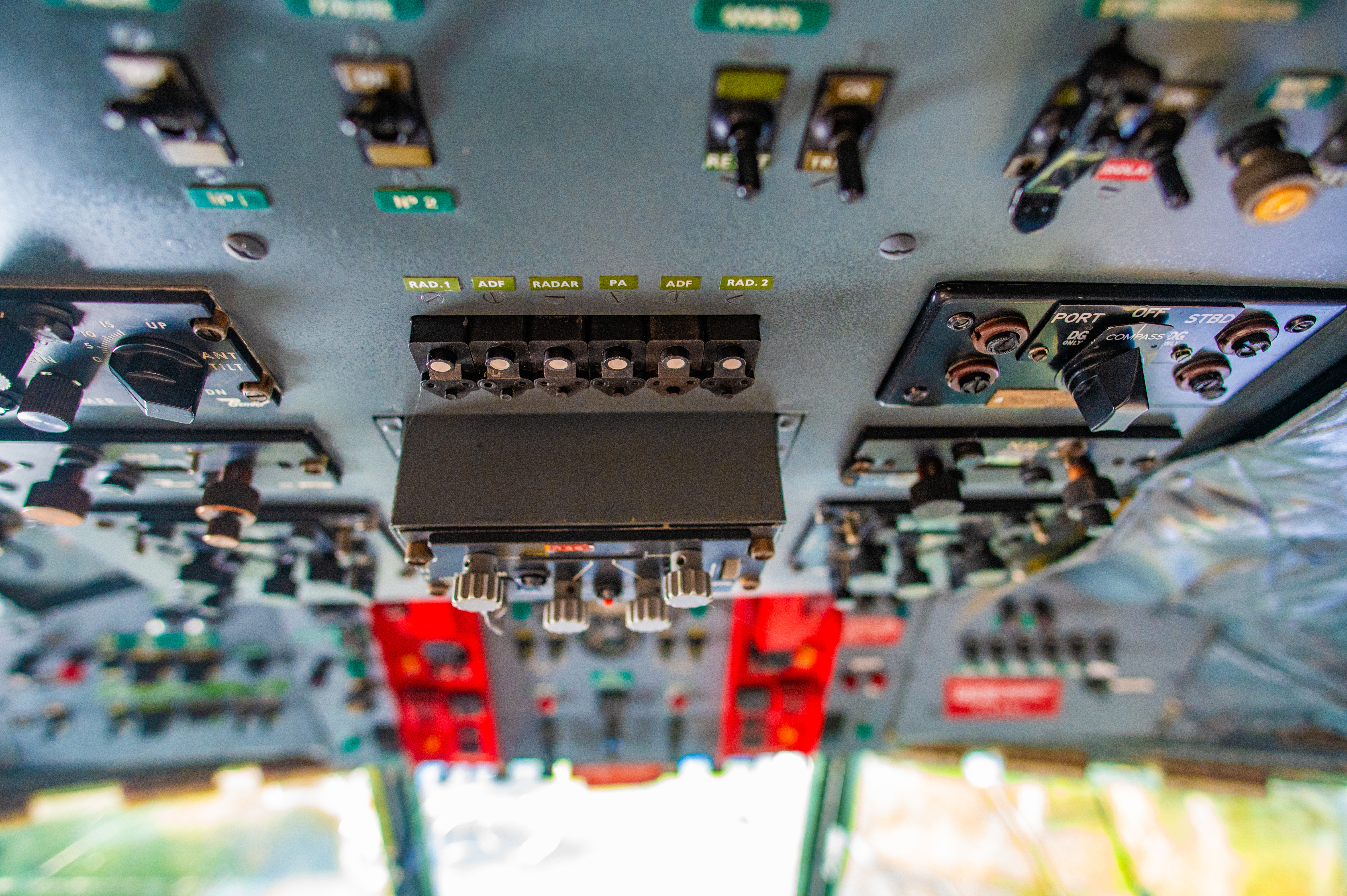
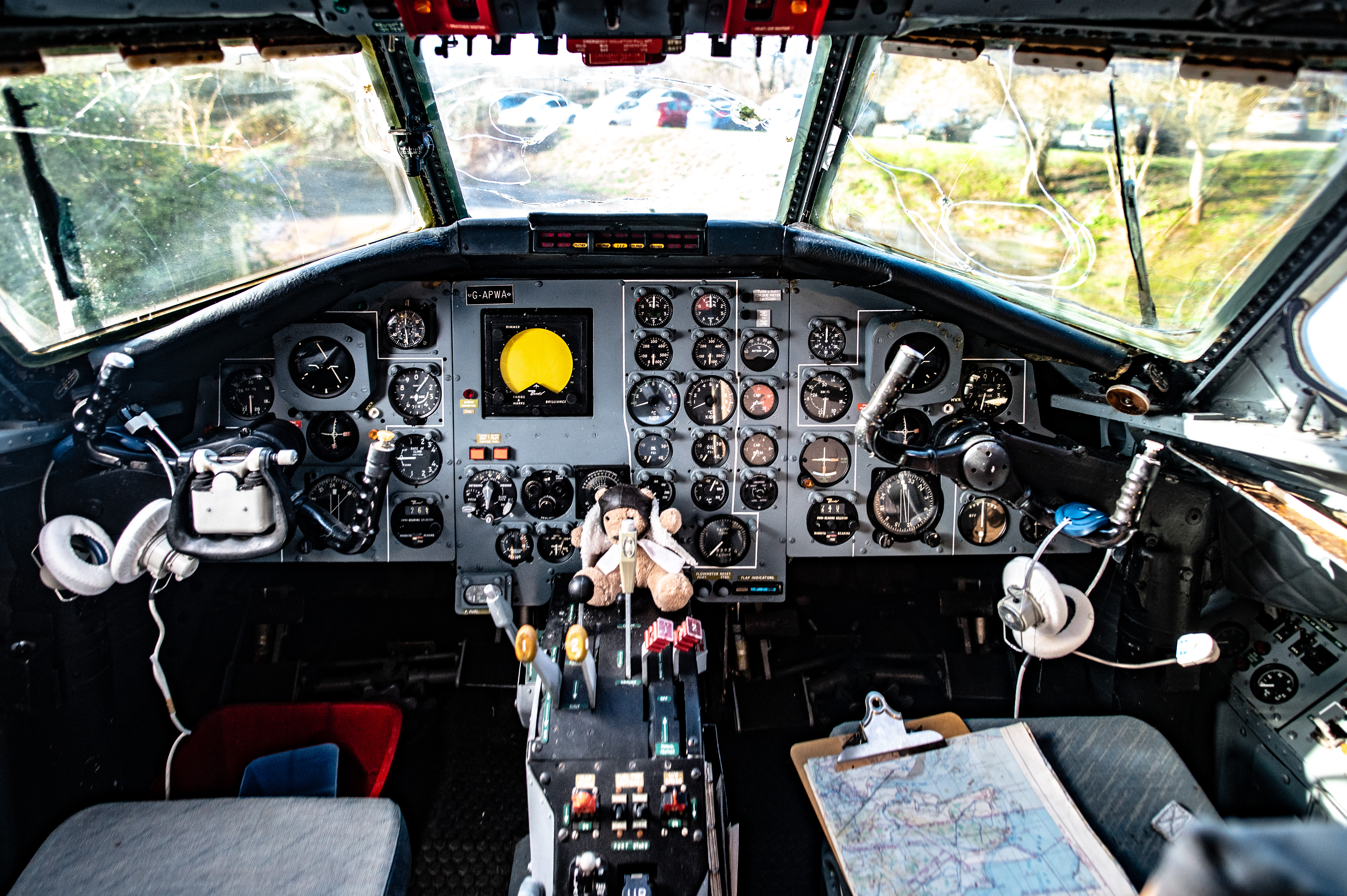
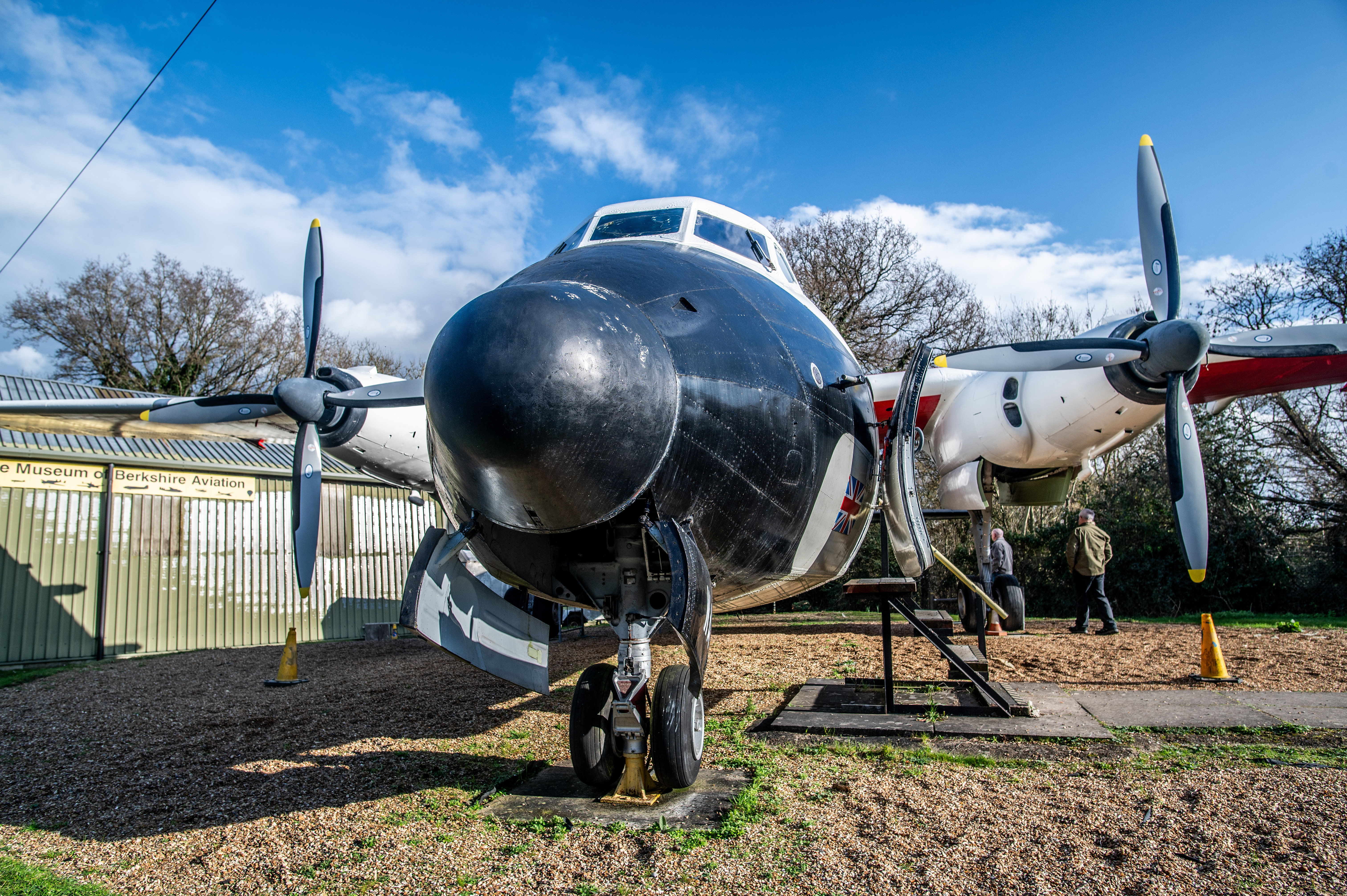

_20240211_780_7258.jpg)
_20240211_780_7145.jpg)
_20240211_780_7268.jpg)
